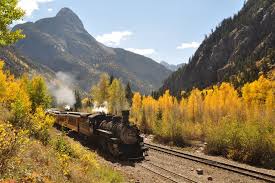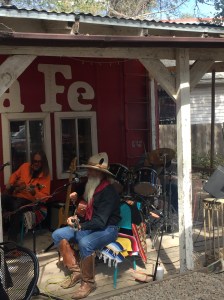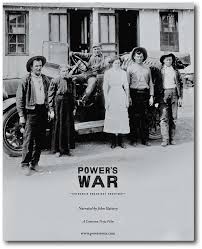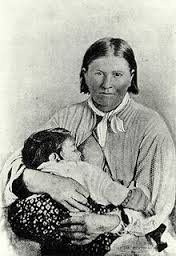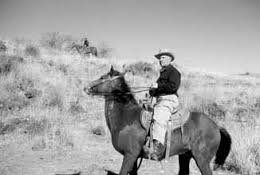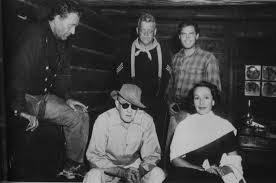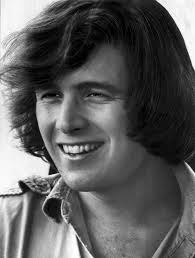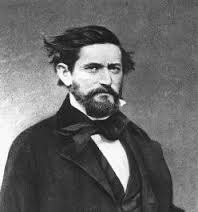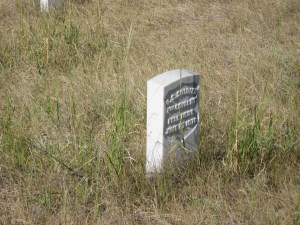True West magazine came out with their list of the “Top 10 True Western Towns of the Year”, and I had to see what they came up with. As it turns out, other lists were included – “True West Towns to Know” and “True West Towns to Watch”. A quick counting brought the total number of towns mentioned to 30.
I decided to weed that list down to those that I have visited. I have no idea what criteria the people at True West used to compile the list, but here is a little information about the places that I know about.
1. Dodge City, Kansas is, in my opinion, the most famous of all the cattle towns. It was the epicenter of a huge industry and the home of real life lawman Wyatt Earp and fictional lawman Matt Dillon. Dodge City is still a player in the cattle industry, but I do not see it as a tourist mecca. Obviously, any lover of the Old West must go there, but they will be disappointed with the fake western town that sits on the main drag. However, the trolley tour is cool.

Inside a fake saloon on a fake streetfront.
2. Durango, Colorado is a cool western town that has held on to its past. Historic buildings, such as the Strater Hotel, line the streets. The famous train from Durango to Silverton starts its journey at one end of town. There are restaurants, bars and a bookstore with all of the great western historians.

A couple of cars on the Durango and Silverton Line
8. Lincoln, New Mexico is a state monument that looks almost like it did when Billy the Kid was roaming around. There are all kinds of buildings and museums, but the best is the old building from which he made his famous jailbreak. Billy the Kid is the most famous of those who participated in the Lincoln County War, but I find myself more interested in John Chisum and some of the others.
9. Tombstone, Arizona which its economic peak during the 1880s and had its growth stunted when the minerals ran out. That circumstance makes it still have that feel of a frontier town. Of course, that could also be because they ripped up the concrete sidewalks and put down wooden ones. The OK Corral is cool. The Birdcage Theater is cool. However, the coolest thing is talking to Ben Traywick, the town historian.

If this building could talk, then it would have some real stories to tell.
10. Lewiston, Idaho is a place that I have never been. However, I must mention it because the Cumberland University baseball team has won two national championships in Lewiston. It is a western town, but it is also a baseball mecca.
There is half of the Top 10, but some interesting towns are on the other lists, as well.
Prescott, Arizona is listed as one of the “True West Towns to Know” and, on the surface, looks like any other regular old town. However, a walk around its square gives you an idea of what it used to be like. The square is huge and is bustling with activity, as people venture into the historic buildings.
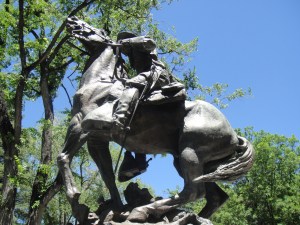
This statue stands in front of the county courthouse.
“True West Towns to Watch” lists several places that I have visited.
Juneau, Alaska is the state capital and can only be entered by plane or boat. It is a small place that has a frontier and isolated quality. One of my great memories of Alaska is having a drink with my brother in one of Juneau’s saloons.
Cody, Wyoming is another good western town. The Buffalo Bill Center of the West is one of my favorite places to visit. A few years ago they had a traveling exhibit in Nashville, and I was able to take my students.
Checotah, Oklahoma sits on Interstate 40, and, frankly, I have never been in the downtown area. We have only stopped a few times for gas. Most people probably know it as the hometown of Carrie Underwood.
Custer, South Dakota is one of the less famous mining camps in the Black Hills and is overshadowed by Deadwood and Sturgis. However, it is a good place to stop and look around. Also, it is named in honor of George Armstrong Custer, the man who led the gold-finding expedition into the Black Hills.
Bisbee, Arizona sits several miles down the road from Tombstone and is a place that I like better. Its economic boom lasted into the 20th Century, which means it has a more modern look than other mining camps. It also has a great mining museum operated by the Smithsonian Institute.
Those are the places listed by True West that I have visited. It would be interesting to read if any of you have been to these places. What are your thoughts and stories? What other towns have you visited that you think may be or should be on the lists?
Tags: Alaska, American West, Arizona, Ben Traywick, Billy the Kid, Birdcage Theater, Bisbee, Black Hills, Carrie Underwood, Cattle Towns, Checotah, Cody, Colorado, Cumberland University, Custer, Deadwood, Dodge City, Durango, George Armstrong Custer, History, Idaho, John Chisum, Juneau, Kansas, Lewiston, Lincoln, Lincoln County War, Matt Dillon, Mining Camps, New Mexico, OK Corral, Oklahoma, Old West, Prescott, Silverton, Smithsonian Institute, South Dakota, Strater Hotel, Sturgis, The Buffalo Bill Center of the West, Tombstone, Travel, True West Magazine, Wyatt Earp, Wyoming
